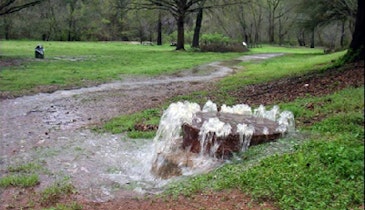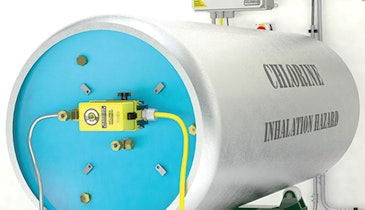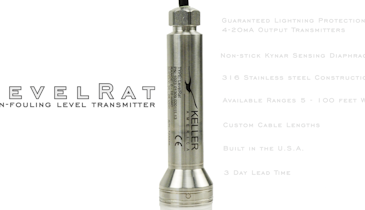Interested in Dewatering/Biosolids?
Get Dewatering/Biosolids articles, news and videos right in your inbox! Sign up now.
Dewatering/Biosolids + Get AlertsThe North East Biosolids & Residuals Association’s latest newsletter reports that options for managing biosolids in that region are shrinking, and not necessarily because of concerns about PFAS contamination.
The July newsletter article cites challenges in Gardner, Massachusetts, as indicative of the situation across the northeastern states. Maine has banned land application out of concerns over PFAS.
At the same time, aging incinerators in Rhode Island, Connecticut and Massachusetts are seeing downtime, and landfill capacity for biosolids is limited. “NEBRA’s June Lunch & Learn webinar painted a bleak picture for the future of the landfill option for biosolids management in the region,” according to the article.
Problems in Gardner
Gardner’s 3 mgd (average) water resource recovery facility is operated by Veolia, and the city also operates a landfill solely for its biosolids. The landfill has less than four years of capacity remaining. In 2022 the city applied for a $6.2 million expansion that would add 17 years of capacity.
The city has added dewatering centrifuges and has taken other actions to reduce biosolids volume so as to extend landfill life. However, environmental advocates are pushing for more sustainable (although unspecified) solutions and have contested a wetlands permit needed for the expansion. In addition, the state Department of Environmental Protection has asked for an Environmental Impact Report because of the wetlands issue.
“City officials state that they are continually looking at different options but are finding the possibilities not cost effective, prohibited by state law, or technologies that have not been developed to the point to make it feasible,” the NEBRA article states.
The city has undertaken a feasibility study for building hydrothermal carbonization facility for biosolids treatment. That technology can make biosolids easier to dewater and can be followed by drying to yield marketable hydrochar products. However, the study says that option likely would not be cost-effective unless the city accepted sludges from outside sources.
“What the future holds for Gardner is still unknown . . . With landfills reaching capacity all around the region, lots of communities will need to make similar decisions soon about what to do with their solids waste and biosolids.”
EPA Science Board
Meanwhile, the U.S. EPA Science Advisory Board panel on biosolids held its last meeting July 5 and finalized a draft report containing comments, suggestions and recommendations for the agency’s biosolids risk assessment framework.
The board was created in 2022 to review EPA’s proposed methods for screening and assessing biosolids contaminants for risk to health and environment. At the last meeting the panel reviewed the entire report, aiming to reach consensus on the text and recommendations. The panel’s preliminary draft report is organized into sections that address these questions about the screening methodology that include:
- Is the application of the Public Information Curation and Synthesis process to the chemicals found in biosolids sufficient to identify the chemicals that should move to a deterministic screening-level risk assessment?
- Is the selection process for models in the Biosolids Screening Tool appropriate for the exposure pathways for a screening-level risk assessment?
- Are the receptors contained in the BST appropriate for a screening-level risk assessment for human health and aquatic and terrestrial wildlife?
- Are the proposed wet, median and dry meteorological exposure scenarios appropriate for screening level risk assessments?
- Does the User Guide describe how to use the BST for screening at an appropriate level of detail?
A frequent these during discussions involved compounding conservatism: panel members were concerned that the EPA models were layering conservative assumptions on top of more conservative assumptions, likely resulting in overestimation of risk.
In comments on the draft report, the National Association of Clean Water Agencies suggested using Reasonable Maximum Exposure criteria instead of the Highly Exposed Individual Receptor criterion that is in the screening model.
“The full SAB Biosolids Panel will need to approve the final peer review report and cover letter and will be sending it to EPA Administrator Regan in the very near future,” the NEBRA article states. “It’s not clear what happens with the report or whether EPA must make any changes as a result.”






